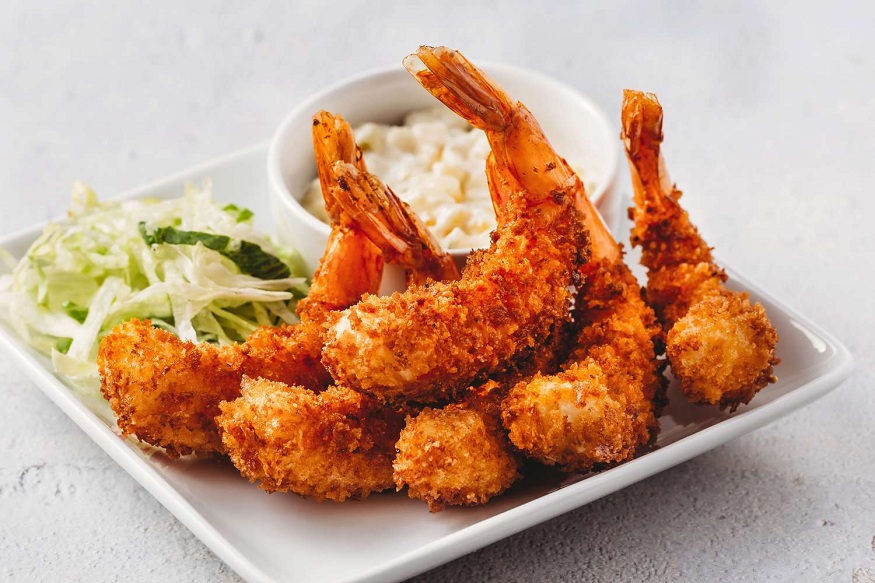Ever Watched a Shrimp Eat?
It’s mesmerizing. Tiny legs, continually moving. Their little claws are working nonstop. One second they’re climbing driftwood, the next they’re hovering over a leaf, plucking off invisible snacks.
But here’s the thing: they’re not just snacking for fun. Shrimp are constantly searching for nutrients. And if your tank doesn’t provide what they need? They won’t thrive—plain and simple. That’s where the right shrimp food makes all the difference.
Let’s talk about what they need, what you don’t need to buy, and how to avoid some common feeding mistakes shrimp keepers (even experienced ones) often make.
Shrimp Aren’t Just Tiny Garbage Cleaners
Many people think shrimp only produce waste in their tanks. That’s… only partially true. Sure, they’ll pick at algae and leftover bits. But their long-term health and survival? That takes more than scraps.
Here’s what shrimp look for:
- Biofilm – Their primary food source in nature.
- Algae – A great supplement, especially in planted tanks.
- Protein – Needed for growth, especially in juveniles.
- Minerals – Critical for molting and shell development.
- Fibre – Helps with digestion and keeps things moving.
Bottom line: they need variety. A balanced tank is their buffet, and your job is to keep it stocked.
Not All Shrimp Food Is Created Equal
Walk into any pet shop or scroll through an online store, and the food options can feel overwhelming. Stick to basics and understand what each food type does.
Your shrimp food toolbox:
- Sinking pellets: Ideal for adult shrimp. Keeps food in one place.
- Powder food: Spreads around, great for babies and grazers.
- Mineral blocks: Slow-release calcium for healthy molting.
- Leaf litter (almond, mulberry): Natural, long-lasting, and shrimp love it.
- Algae wafers: Use sparingly—snails and fish often get to them first.
When in doubt, opt for simplicity and quality over elaborate packaging.
Timing Isn’t Just for Comedy—It’s for Shrimp, Too
Here’s a trick many hobbyists overlook: feeding the wrong food at the right time can still lead to problems.
Shrimp are slow eaters. They graze, wander off, come back, graze again. Unlike fish, they don’t gobble and run.
How to get timing right:
- Feed when the lights are on so you can keep a close eye on them.
- If you’ve got fish in the tank, feed shrimp just before or after fish feeding.
- Feed once every 2–3 days in mature tanks.
- For baby shrimp, tiny feeds work better daily.
- Remove uneaten food after 2–3 hours to avoid ammonia spikes.
Less is more. Really.
Watch Your Tank, Not the Calendar
Feeding schedules are helpful—but they’re not gospel. Every tank is different, and your shrimp will show you what’s working (or not).
Signs your feeding routine is on point:
- Shrimp emerge quickly when food is added to the tank.
- They swarm food but don’t fight over it.
- Water stays clear.
- You see regular molts and active grazing.
Signs it’s off:
- Uneaten food sticks around.
- Cloudy water.
- Shrimp hide for hours.
- Slow or failed molts.
Observation beats routine. Always.
Want Baby Shrimp? Feed Like You Mean It
Breeding success depends on more than just good water and hiding spots. It starts with nutrition, especially for the little ones.
What helps baby shrimp thrive?
- Powder food – spreads throughout the tank, perfect for tiny mouths.
- Biofilm builders – think leaves, wood, botanicals.
- Protein-rich feeds – just once or twice a week.
- Calcium supports strong exoskeletons from the start.
A healthy adult shrimp will lay eggs. A healthy baby shrimp will survive. Feeding helps both.
So… What Should You Do Now?
Here’s the simplest plan: check your tank today. Look at it. How are your shrimp behaving? Are they grazing? Hiding? Ignoring food?
Start small. Add variety slowly. Feed with intention, not habit.
That’s it. That’s the secret.
And if you’re still wondering if your shrimp are happy? Sit by the tank. Watch them eat. If they come out in numbers and stay curious, you’re doing just fine.



